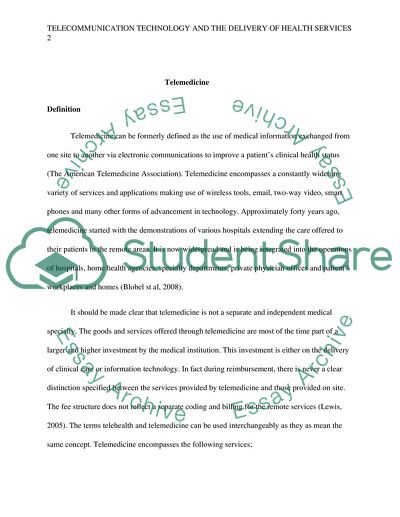Cite this document
(“Telecommunication Technology & the delivery of Healthcare Services Essay”, n.d.)
Telecommunication Technology & the delivery of Healthcare Services Essay. Retrieved from https://studentshare.org/nursing/1685139-telecommunication-technology-the-delivery-of-healthcare-services
Telecommunication Technology & the delivery of Healthcare Services Essay. Retrieved from https://studentshare.org/nursing/1685139-telecommunication-technology-the-delivery-of-healthcare-services
(Telecommunication Technology & The Delivery of Healthcare Services Essay)
Telecommunication Technology & The Delivery of Healthcare Services Essay. https://studentshare.org/nursing/1685139-telecommunication-technology-the-delivery-of-healthcare-services.
Telecommunication Technology & The Delivery of Healthcare Services Essay. https://studentshare.org/nursing/1685139-telecommunication-technology-the-delivery-of-healthcare-services.
“Telecommunication Technology & The Delivery of Healthcare Services Essay”, n.d. https://studentshare.org/nursing/1685139-telecommunication-technology-the-delivery-of-healthcare-services.


